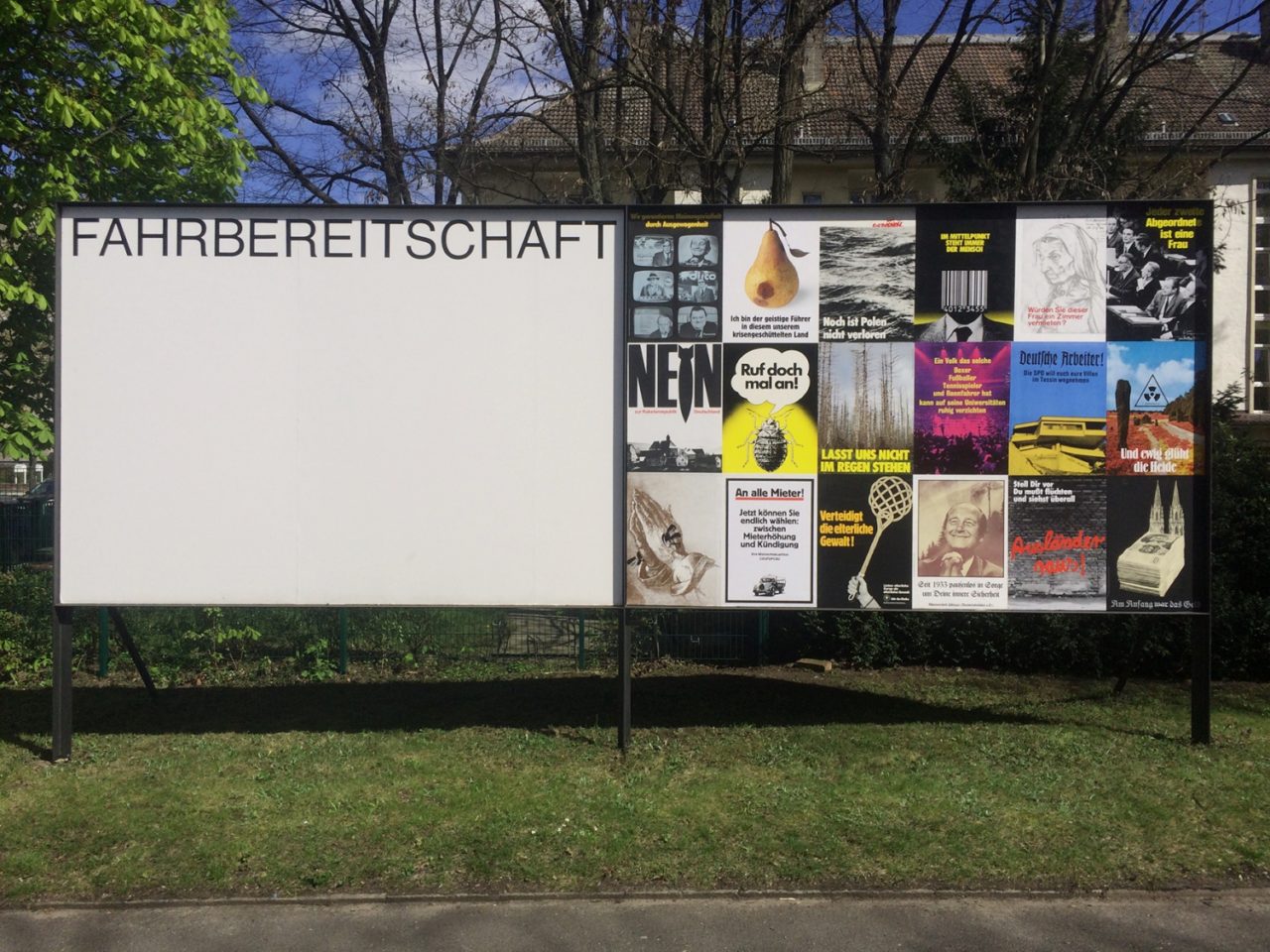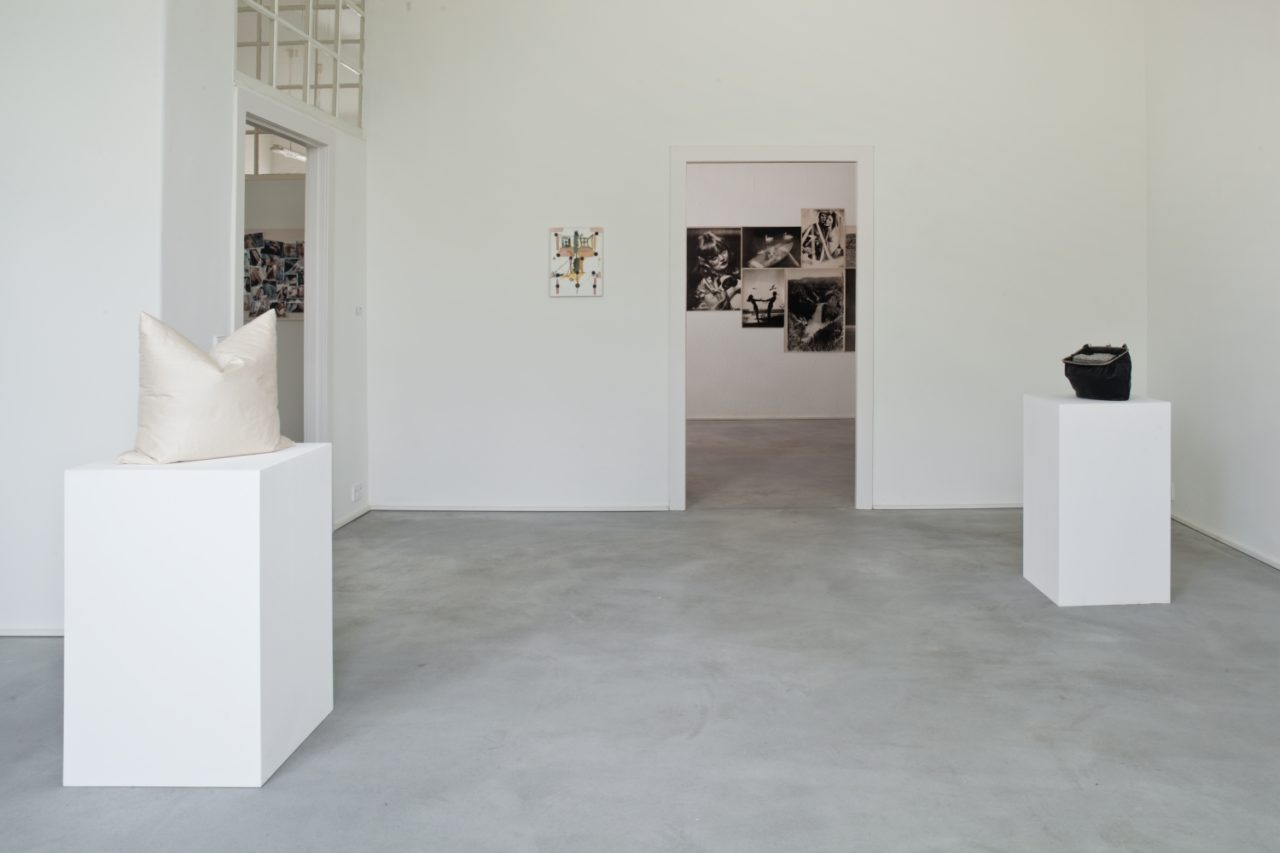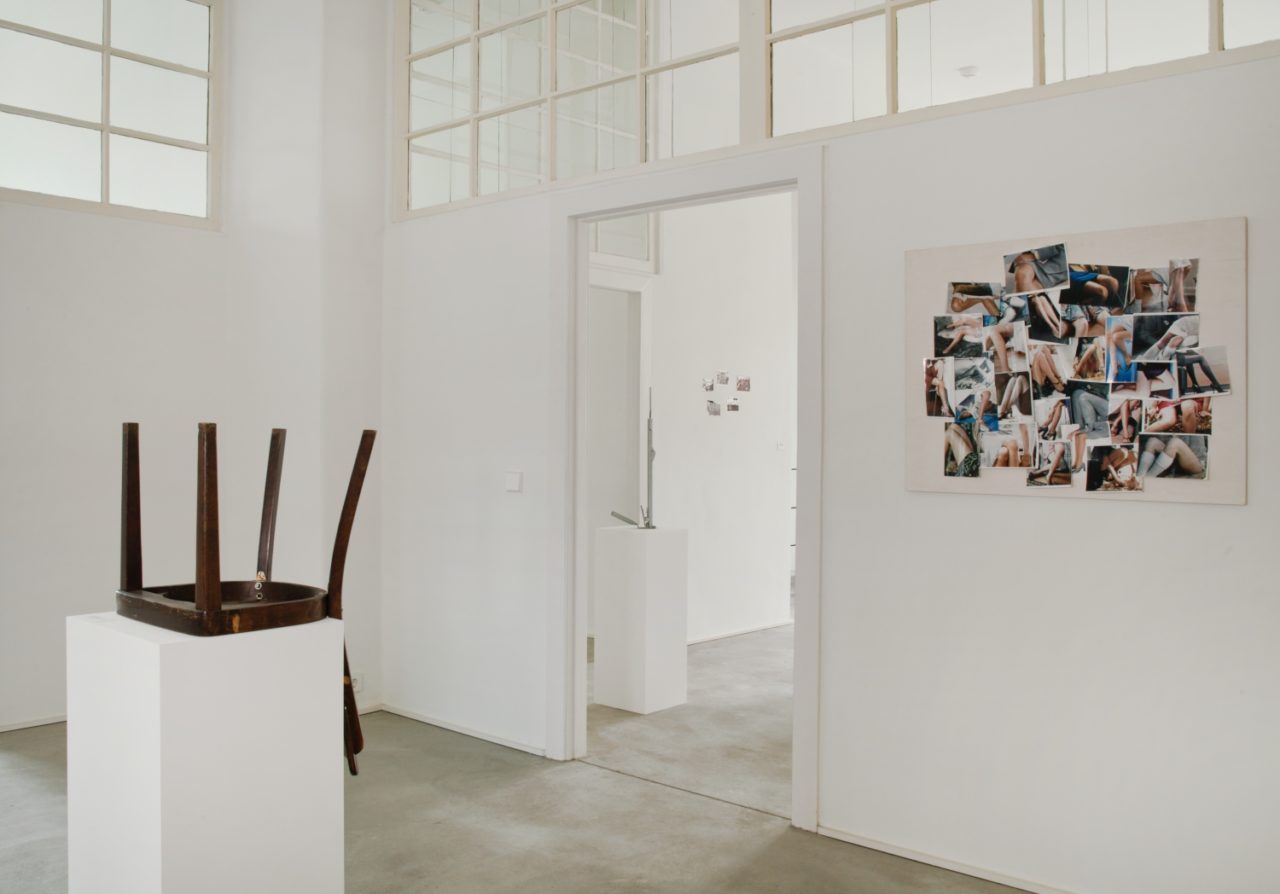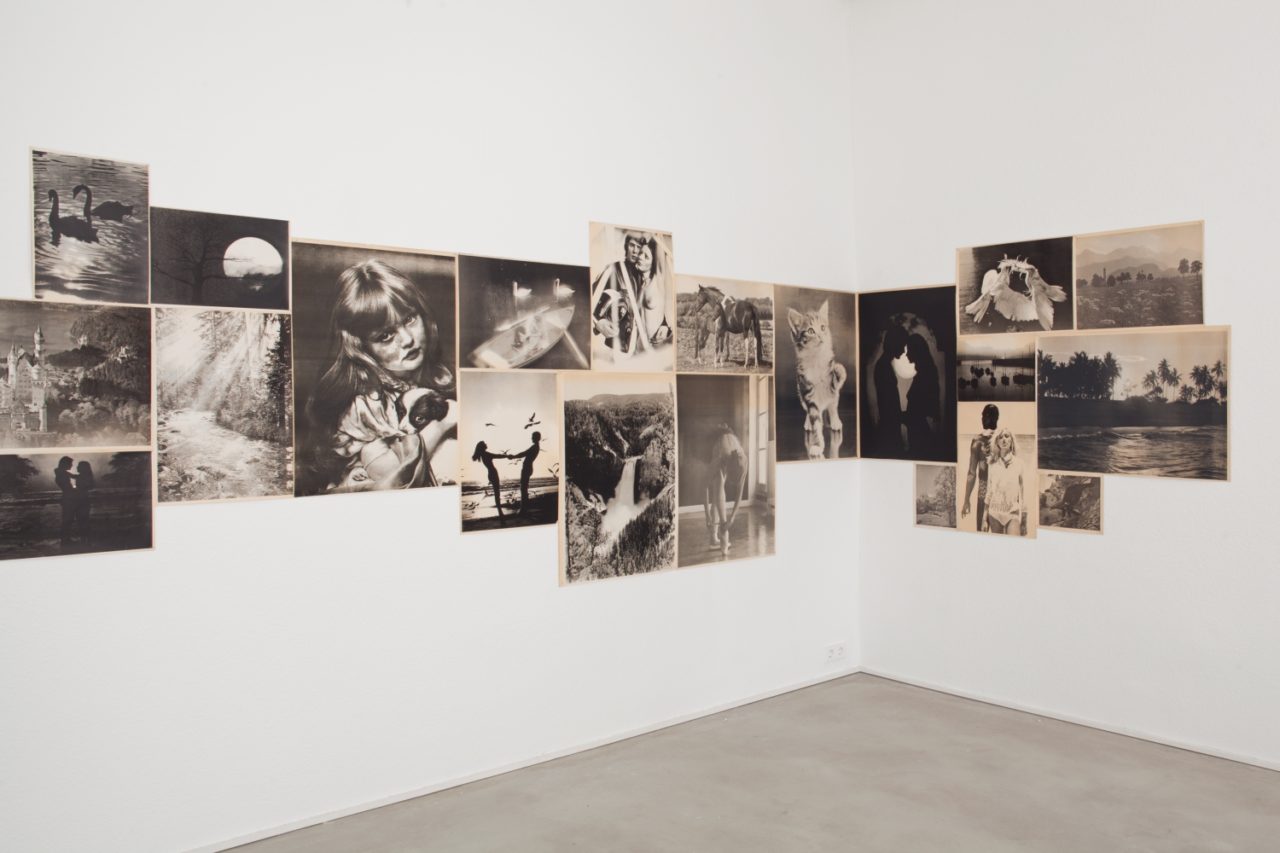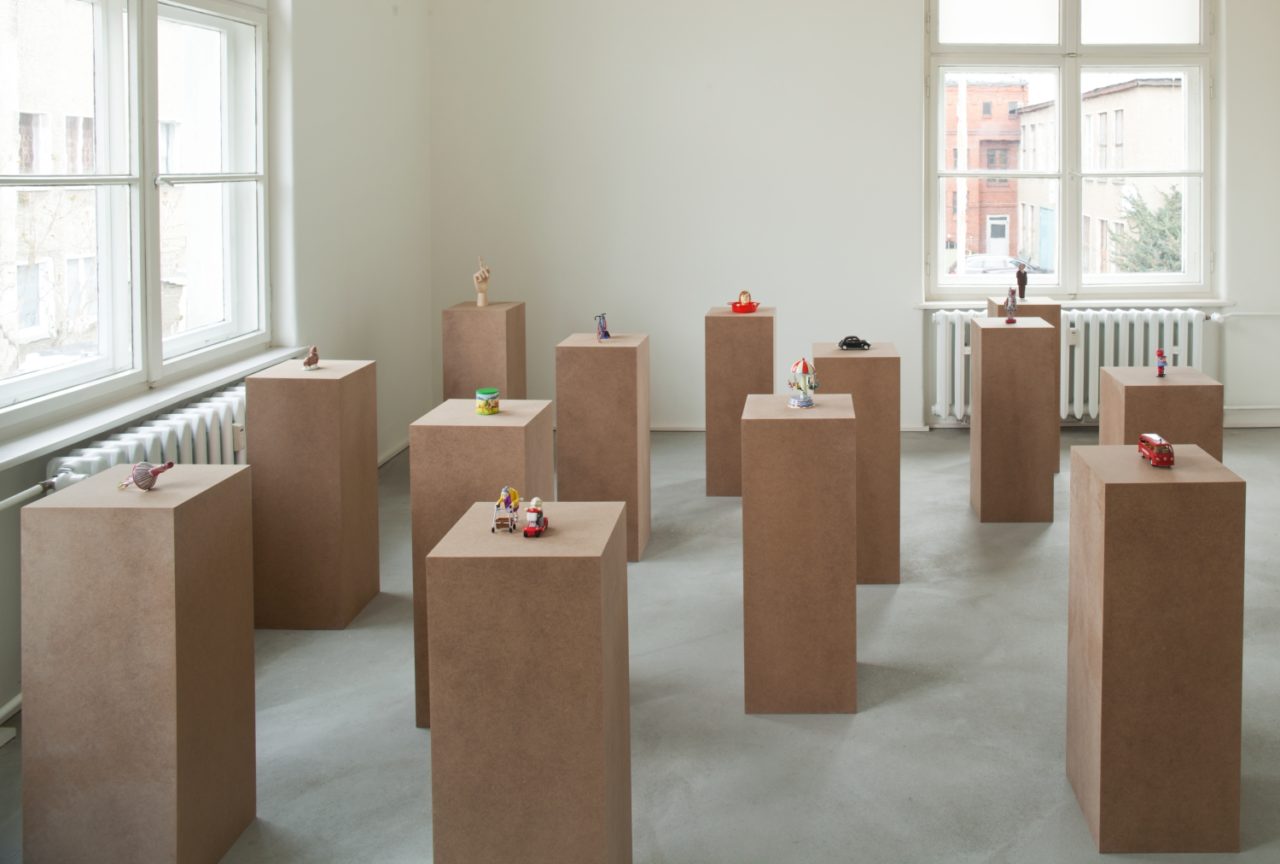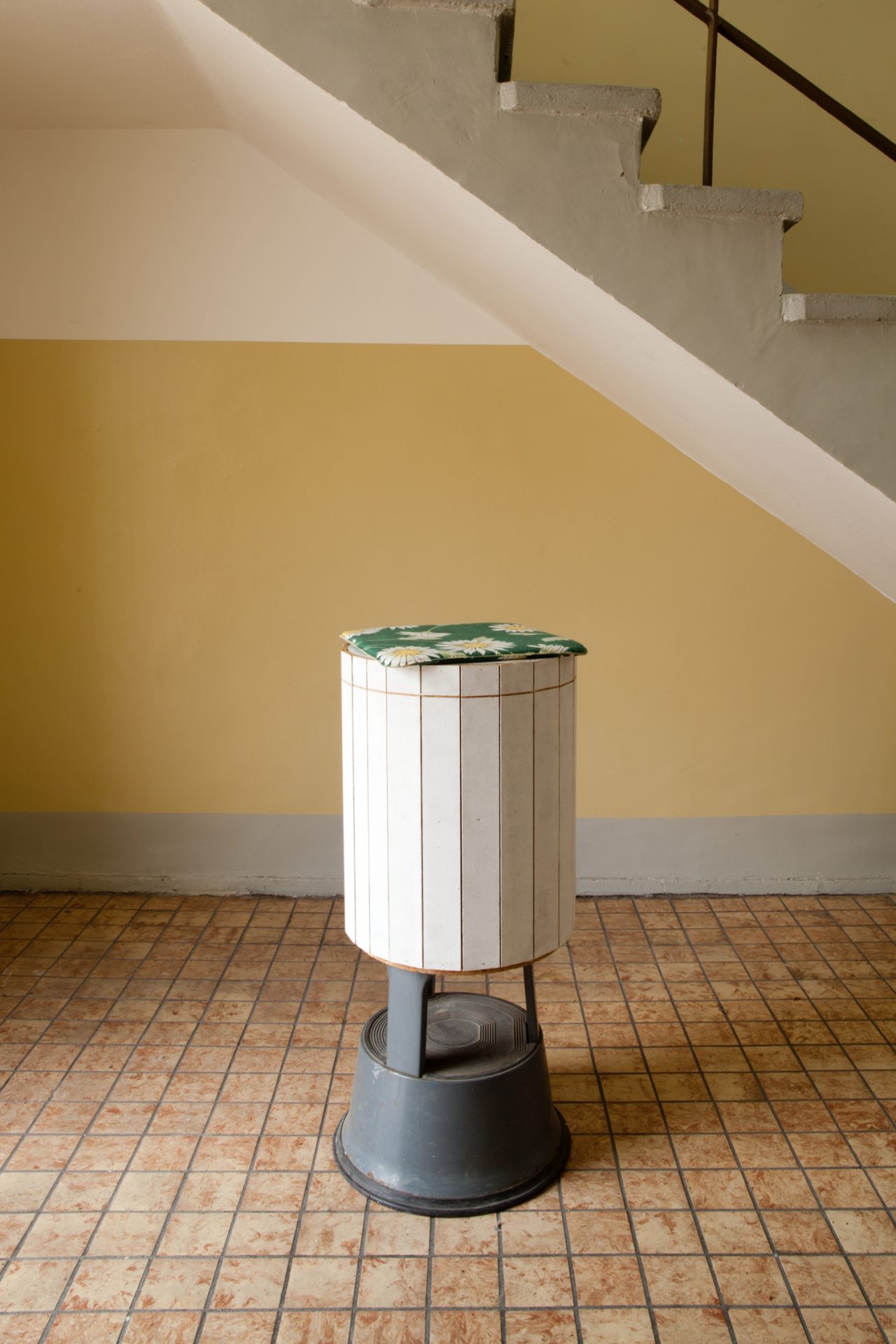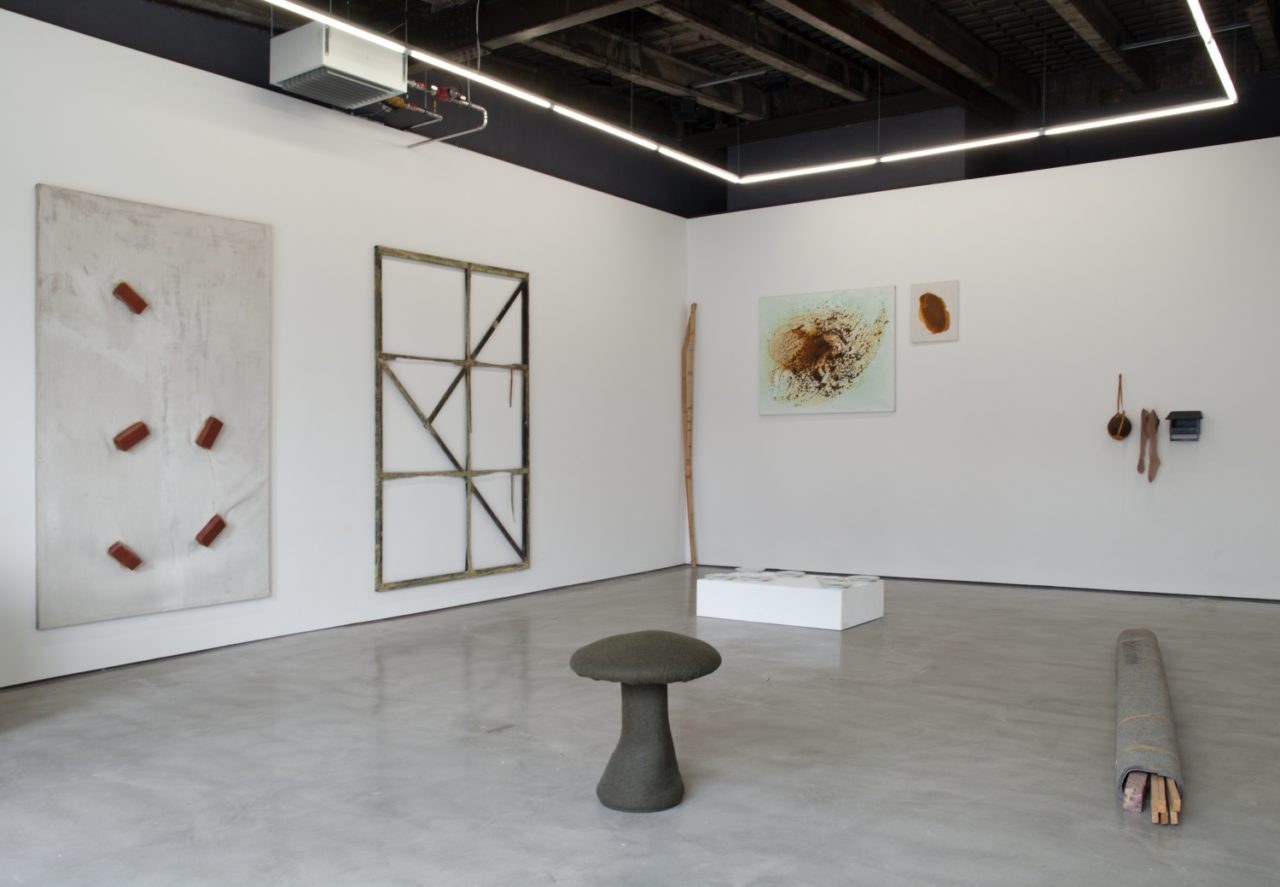BRD was the Acronym for the Bundesrepublik Deutschland (Federal Republic of Germany), used by the government of the GDR (German Democratic Republic) to achieve equal international treatment of the two German states in terms of language. The acronym BRD was part of the vocabulary of the Cold War. It was also used by West-German left-wing activists to express their criticism of the capitalist system. Well into the 1990s, using the acronym in German essays in schools in the state of Baden-Württemberg was therefore marked as a mistake.
Today, BRD refers to the entire federal territory, generally referencing only Germany as a whole, but the acronym BRD is still often associated with the time before the fall of the Berlin Wall. Depending on one’s age, political convictions, and place of residence, people associate very different things with the acronym.
In conversations with tenants of FAHRBEREITSCHAFT who had already worked on the premises prior to the fall of the wall, it quickly became clear that our value systems in the east and west strongly differ still today. The relationship has not yet been reappraised, let alone the differences leveled.
Naturally, it is particularly interesting to show a BRD exhibition in former East Berlin. The choice of artists and works is subjective and in no way complete. It also depended not least on what suitable works were found in the collection. The following themes appear in the exhibition: the (slow) reappraisal of the Nazi era, greed for money and consumerism, the staidness and love of order evident during this time – as found in radio and on television, in cars, building mania, and soccer, but also in the terror of the Red Army Faction (RAF) of Andreas Baader and Ulrike Meinhof. As a formative moment after the fall of the wall, we also address the sense of condescension toward the east on the part of the west.
Axel Haubrok
Sonntagsbilder, 1977
(AVA), 2008–2015
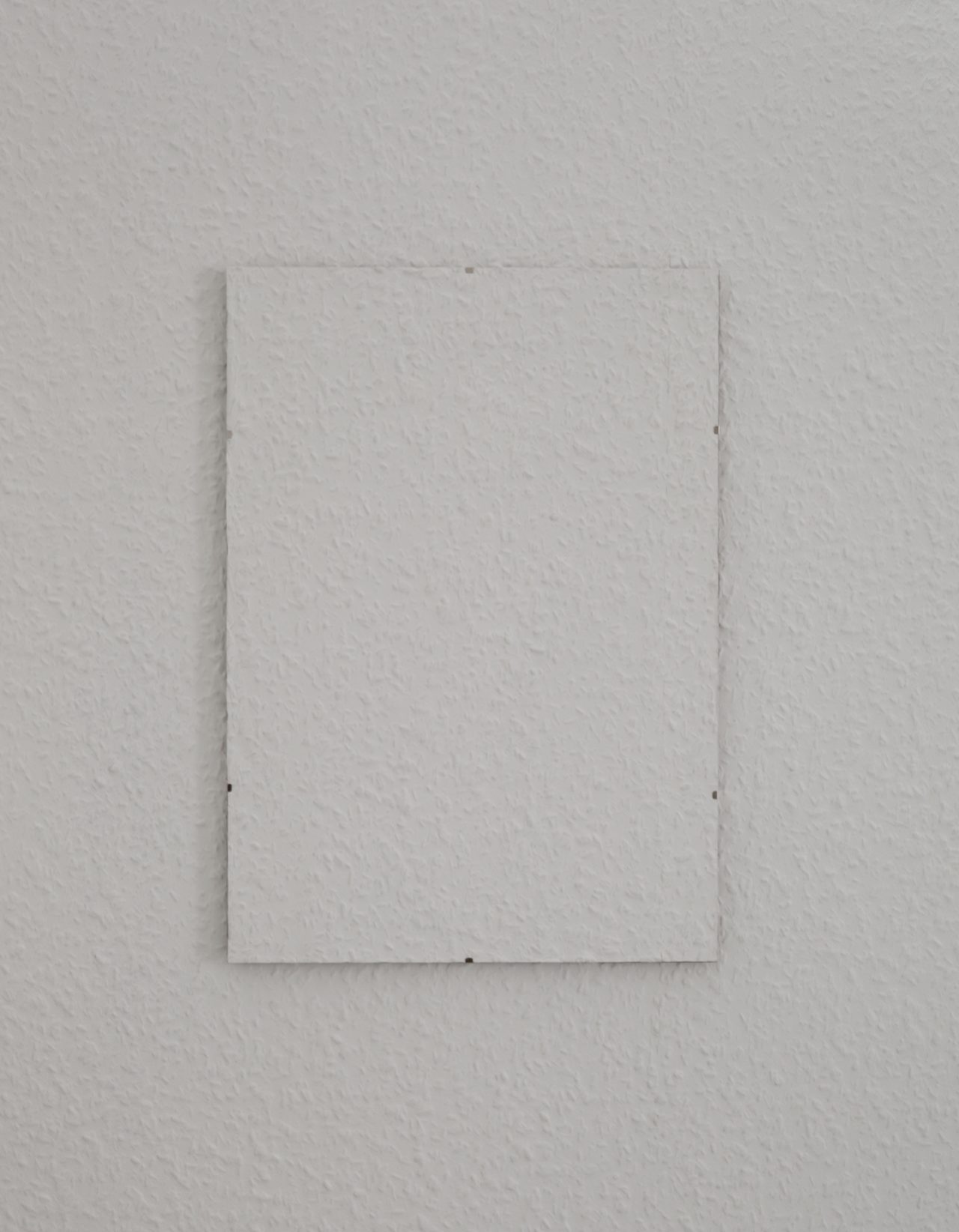
Rauhfasertapete 80 (Erfurt Prestige/Royal), 1992/2016
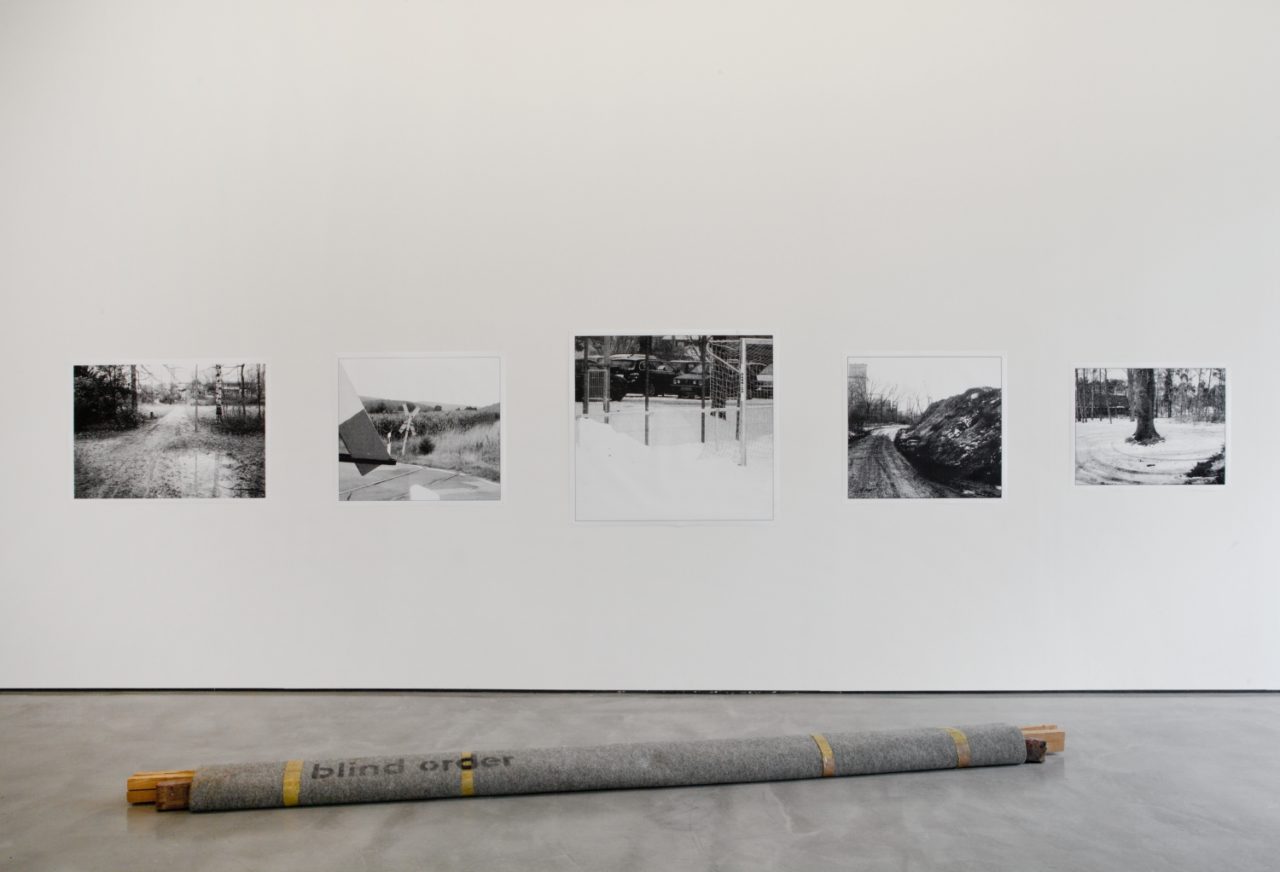
Projektionsflächen, 2006
Floor: Georg Herold
Blind Order, 1990
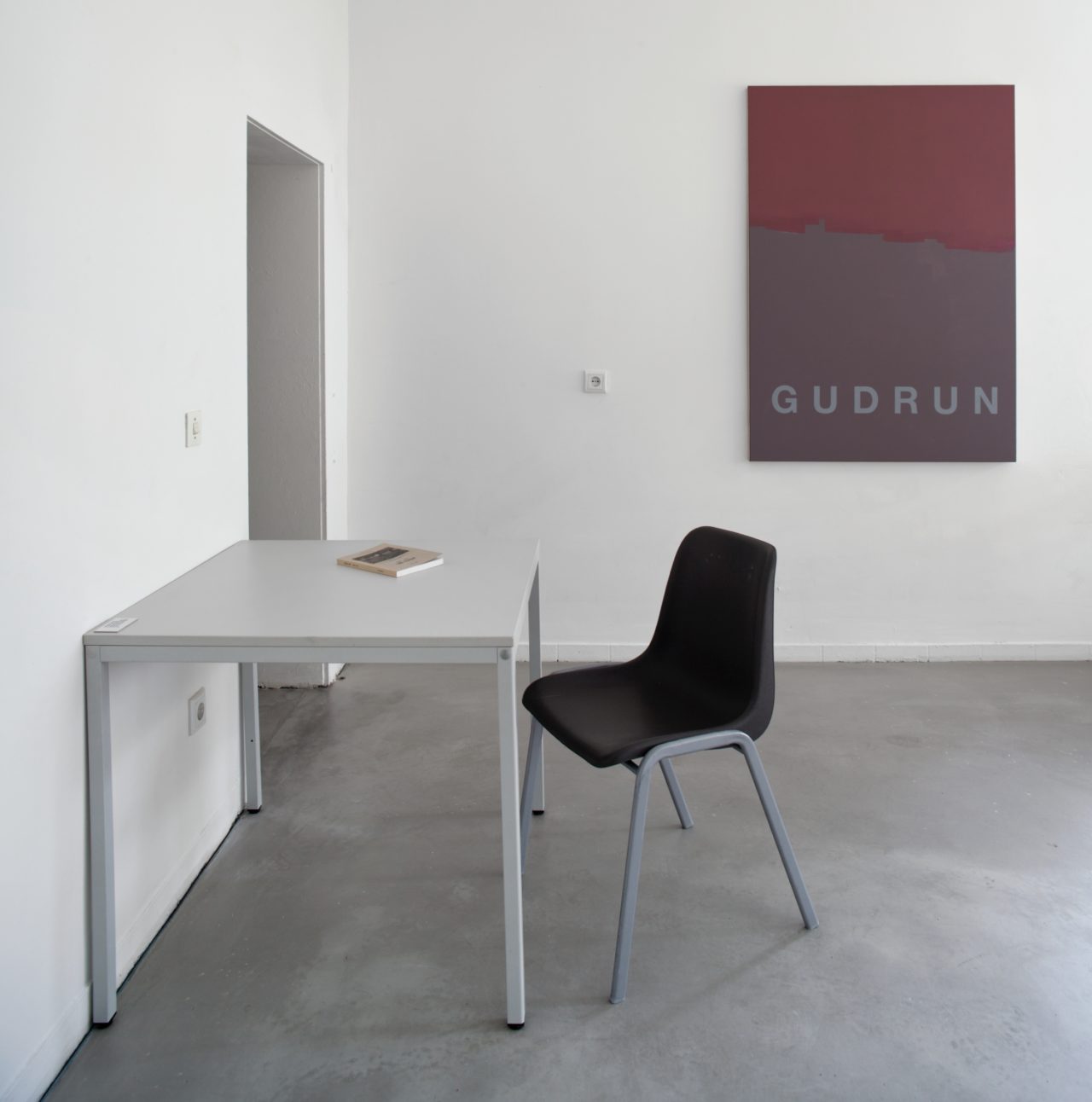
Die Toten, 1967–93, Studentenbewegung, APO, Baader-Meinhof, Bewegung 2. Juni, Revolutionäre Zellen, RAF, year unknown
Right: Johannes Wohnseifer
Vater weint, 2001
List of works
Arno Brandlhuber
Archipel, 2012
Arno Brandlhuber
RGB 165/96/36 CMYK 14/40/80/20, 2011
Christoph Büchel
untitled (Düsseldorf), 2001/2006
Hans-Peter Feldmann
Kissen, 2015
Hans-Peter Feldmann
Point d’ironie 11, Edition der Zeitschrift Agnes B, 1999
Hans-Peter Feldmann
Autoradios fotografiert, während gute Musik spielte, 1979–1990
Hans-Peter Feldmann
Alte Meister, 1977/1978
Hans-Peter Feldmann
Sonntagsbilder, 1977
Hans-Peter Feldmann
Beine, year unknown
Hans-Peter Feldmann
Die Toten, 1967–93, Studentenbewegung, APO, Baader-Meinhof, Bewegung 2. Juni, Revolutionäre Zellen, RAF, year unknown
Hans-Peter Feldmann
Ein Pfund Erdbeeren, year unknown
Hans-Peter Feldmann
Erinnerung an meine Zeit als Kellner, year unknown
Hans-Peter Feldmann
Straßenkreuzung, year unknown
Hans-Peter Feldmann
untitled (Kaffeeservices), year unknown
Georg Herold
untitled (Kaviarbild), 2011
Georg Herold
Teaching sculpture, 2001
Georg Herold
The kind of mind, 2001
Georg Herold
Rekonstruktion einer Dachlatte, 1994
Georg Herold
Blind order, 1990
Georg Herold
Gehörntes Gehörn, 1990
Georg Herold
Nylons, 1990
Georg Herold
untiteld (Kaviarbild), 1990
Georg Herold
untitled (Kaviarbild), 1990
Georg Herold
untitled, 1989
Georg Herold
Holz ohne Raum, 1988
Georg Herold
untitled, 1988
Georg Herold
untitled, 1988
Georg Herold
New York Hostess, 1986
Christopher Muller
Cut in two, 1994
Christopher Muller
Regrets, 1994
Manfred Pernice
Ava, 2008–2015
Peter Piller
Projektionsflächen PF01, 2006
Peter Piller
Projektionsflächen PF02, 2006
Peter Piller
Projektionsflächen PF03, 2006
Peter Piller
Projektionsflächen PF04, 2006
Peter Piller
Projektionsflächen PF05, 2006
Peter Piller
Projektionsflächen PF07, 2006
Peter Piller
Pfade G1, 2003
Peter Piller
Pfade G2, 2003
Peter Piller
Pfade G4, 2003
Peter Piller
Pfade G5, 2003
Peter Piller
Pfade G6, 2003
Peter Piller
Pfade G9, 2003
Peter Piller
Pfade G12, 2003
Peter Piller
Überflug I3, 2003
Peter Piller
Überflug I4, 2003
Peter Piller
Überflug I6, 2003
Peter Piller
Man sagt, die Wohnung des Chefs sei ganz in weiß eingerichtet, 2000
Tobias Rehberger
Comme tu moi, comme je toi, 1999
Tobias Rehberger
untitled (Familie), 1999
Tobias Rehberger
untitled, 1993
Gerhard Richter
Ulrike Meinhof, 2015
Karin Sander
Raufaser Nr. 80 (Erfurt Prestige / Royal), 1992/2016
Gregor Schneider
Der deutsche Beitrag, 2001
Andreas Slominski
Gerät zum knicken von Antennen, 2001
Andreas Slominski
untitled (Tor), 1988
Florian Slotawa
Gesamtbesitz 1996, 1996
Klaus Staeck
PL (Plakate), 1970–1997
Wolfgang Tillmans
Hausbesetzer 1994–99, 1999
Cosima von Bonin
Auf Grundstück der Nachbarn, 2000
Cosima von Bonin
Gertrude Jekyll (#17), 2000
Christopher Williams
Camera position: Viethaus (Vietnamese Cultural Center) Leipzigerstraße 54–56, 10117 Berlin November 19th, 2007
2008
Johannes Wohnseifer
Vater weint, 2001
Erwin Wurm
Carrying a bomb, 2003
Erwin Wurm
Carrying a bomb, 2003
Erwin Wurm
Carrying a bomb, 2003
Erwin Wurm
Looking for a bomb, 2003
Erwin Wurm
Looking for a bomb, 2003
Erwin Wurm
St. Paul’s pullover, 1991
Heimo Zobernig
Videoedition für Texte zur Kunst, 1991
Christoph Zwiener
Berlin today Berlin aujourd’hui берлин сегодня Berlin heute – III,2013–2014
